One of the most mysterious inhabitants of the Universe are black holes – objects with gravity of such strength that nothing, not even light, can escape from their “embraces”. For many years, scientists only assumed the existence of black holes, and Albert Einstein was completely convinced that these space inhabitants would forever remain invisible to us. Fortunately, the discovery of gravitational waves in 2017 changed everything: no matter how paradoxical it may sound, black holes turned out to be one of the brightest objects in the vastness of the Universe. This is because the matter attracted by the black hole creates visible radiation – precisely this «shadow» We see the absorbed matter in photographs of black holes that have flown around the world. But how exactly does matter plunge into a black hole and what happens to the very fabric of space-time at this moment? Recently, physicists found the answer to this question, confirming one of Einstein's key predictions about the so-called «waterfalls» black holes. We tell you what it is and what it means for further research.

Physicists have confirmed that the fabric of space-time is undergoing a «final plunge» on the edge of a black hole. Image: symmetrymagazine.org
Albert Einstein was right again: at the edge of black holes there is a region in which matter can no longer remain in orbit and instead “falls” inward.
Contents
- 1 Space laboratory
- 2 How do black holes absorb matter?
- 3 Waterfalls of black holes
- 4 What happens inside black holes?
- 5 The genius of Einstein
Space Laboratory
Black holes are areas in space where gravity predominates. These invisible giants form when massive stars, having exhausted their nuclear fuel, collapse under their own enormous weight. The resulting gravitational attraction is so strong that not a single object (not even a photon) is able to leave the event horizon (the point of no return).
Black holes come in a variety of sizes, from stellar-mass black holes that are several times more massive than the Sun, to supermassive black holes that lurk in the hearts of galaxies. These objects have a rather scary reputation, but in fact black holes play a decisive role in the formation of the Universe – they influence the evolution and formation of galaxies, and are also a kind of unique laboratory for testing the understanding of the fundamental laws of physics.
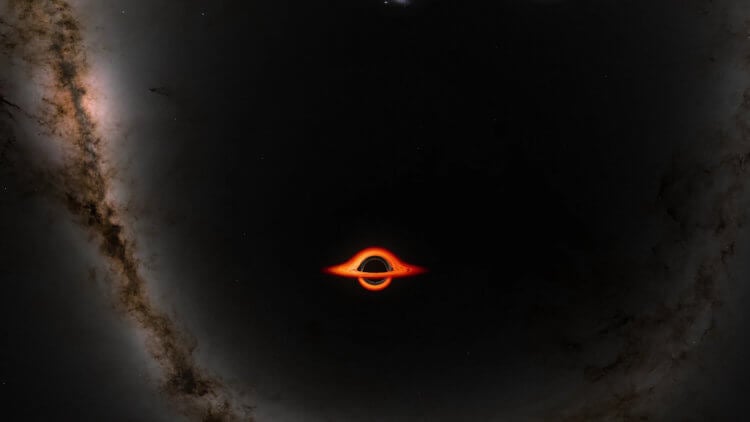
The mass of supermassive black holes exceeds the mass of the Sun by millions and billions of times. image: Nasa.com
Despite the fact that the main diet of black holes consists of gas and dust, these space inhabitants gobble up everything that happens to be nearby, including planets, satellites and even stars. This, however, does not mean that black holes are akin to cosmic vacuum cleaners – in order to grow and feed on them, they actually need a large bright disk of matter around them.
To always be aware of the latest news from the world of science and high technology , subscribe to our channel on Telegram – so you definitely won’t miss anything interesting!
How do black holes absorb matter?
John Regan, an employee at Maynooth University in the UK, said in an interview with Live Science that black holes can «drift through galaxies» and only a few of them end up in a dense environment rich in gas and dust, where they can begin to gain mass.
The probability that a small black hole will end up in such an environment is quite small, since most black holes form in regions of space where there is virtually no gas to feed on, says Regan.
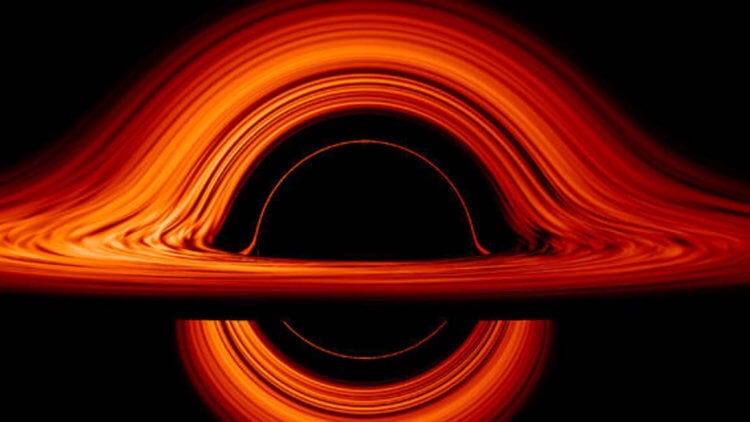
The black hole's accretion disk glows brightly. Image: images.interestingengineering.com
Moreover, when these space monsters are surrounded by gas and dust, they do not immediately begin to attract and immediately absorb. Instead, matter forms a flat, fast-moving structure around the black hole called an accretion disk.. Inside the accretion disk, matter becomes highly heated by gravity and glows brightly. This makes detecting accretion disks one of the easiest ways for astronomers to see black holes.
More on the topic: What do black holes eat and does it affect their appearance
Black holes are growing, when material from a rapidly spinning disk gradually moves from the outer edge of the disk to the inner edge closest to the black hole. From there it is gradually «served» to the event horizon of a black hole – the point from which nothing can escape, not even photons of light itself.
Black hole waterfalls
Astronomers recently provided the first observational evidence for a key prediction of Einstein's theory of gravity regarding the “waterfalls” of black holes lurking throughout the universe. The study confirms the existence of a «subducting region» around black holes, where matter stops orbiting the hole and insteadfalls straight inunder the most powerful gravitational forces ever discovered.
The research was led by Dr Andrew Mummery and fellow physicists at the University of Oxford as part of their ongoing study of the cosmos' most mysterious creatures. The team used X-ray data collected by the NuSTAR (NASA Nuclear Spectroscopic Telescope Array) and Neutron star Interior Composition Explorer (NICER) space telescopes to study small black holes located relatively close to Earth.
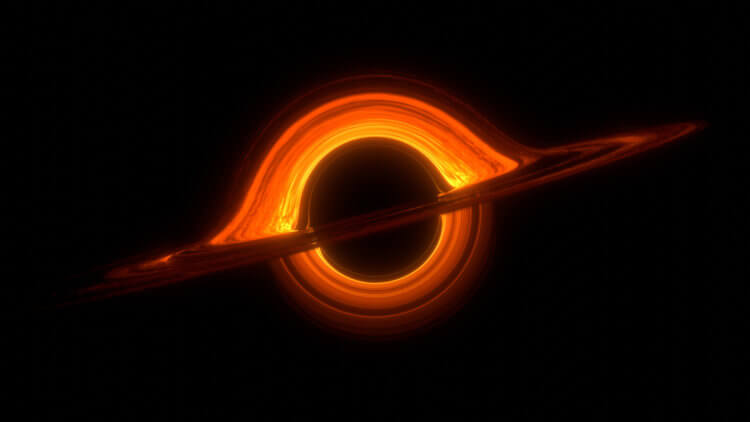
Black holes are the most mysterious inhabitants of space. Image: Nasa.com
This is interesting: How to find out what is inside black holes? And what do gravitational waves have to do with it?
Recall that Einstein's theory of gravity, unlike Newton's theory, predicts that particles cannot safely move in circular orbits close enough to a black hole. Instead, they quickly “rush” towards it at a speed close to the speed of light. The work, published in the Royal Astronomical Society's Monthly Notices, marks the first time scientists have been able to demonstrate exactly how this happens.
Our The study is the first look at how plasma separated from the outer edge of a star ends up at the center of a black hole, a process that occurs in a system about ten thousand light-years away, Mummery explains.
There are many black holes in the galaxy, and now astronomers have a powerful new method of using them to study the strongest gravitational fields known. Einstein's theory predicted that such a final collapse would occur, but this is the first time scientists have been able to demonstrate that it actually happens.
Don't miss: Do Black Holes Have Quantum Properties?
What Happens Inside black holes?
Confirmation of the existence of «waterfalls» black holes marks an exciting new development in the study of these cosmic objects. According to Mummery, «the final ejection of plasma occurs at the very edge of the black hole and shows that matter is responding to gravity in the greatest possible way».
Astrophysicists have long tried to understand what happens near the surface of a black hole by studying the disks of matter orbiting around them. This is why the existence of “waterfalls”, where it is impossible to stop the final plunge into a black hole, has been the subject of debate for many decades. The Oxford team's discovery of this area using X-ray telescopes and data from the International Space Station (ISS) resolves this dispute and opens up new possibilities for research.
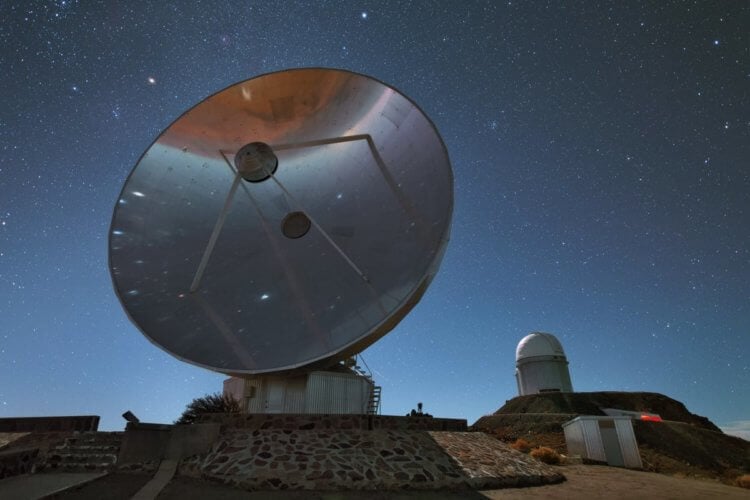
Telescopes are the best assistants in studying the Universe. Image: static.scientificamerican.com
While the new study focuses on small black holes closer to Earth, a second research team from the University of Oxford is part of a European initiative to build a new telescope called the Africa Millimeter Telescope. This telescope is expected tosignificantly expand the ability to obtain direct images of black holesboth at the center of our galaxy and far beyond its borders.
By the way, black holes can be used as a source of infinite energy
Now scientists intend to observe and film for the first time the event horizons of large black holes, which are believed to attract matter from space to their center in a spiral as they rotate. Such black holes represent almost unimaginable sources of energy, and their observation would be another major milestone in our understanding of these amazing cosmic objects.
Einstein's genius
As we continue to push the boundaries of our understanding of black holes, the incredible discoveries made by a team of physicists at the University of Oxford serve as testament to the enduring power of Einstein's theory of gravity.
Thus proving the existence of &# 171;waterfalls» or «immersion areas» black holes and discovering the most powerful gravitational forces in the galaxy, researchers have proven the need for new methods to study the most extreme conditions (and objects) in the Universe.
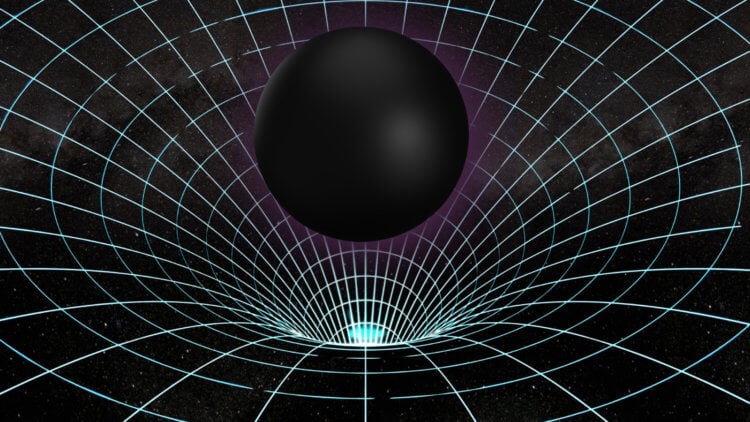
Now the study of black holes has reached a new level. Image: cdn.mos.cms.futurecdn.net
And with the advent of cutting-edge telescopes like the Africa Millimeter Telescope, we are on the threshold of a new era in black hole research that promises to unlock the secrets of these mysterious cosmic monsters and bring us closer to understanding the fundamental laws that govern the Universe.